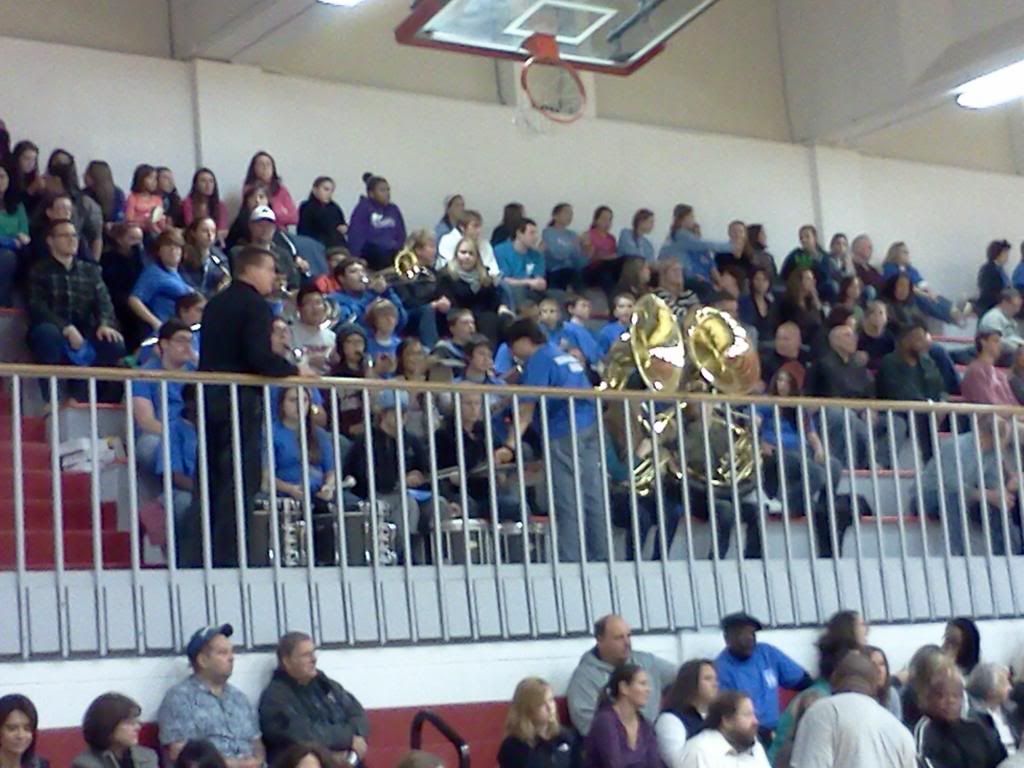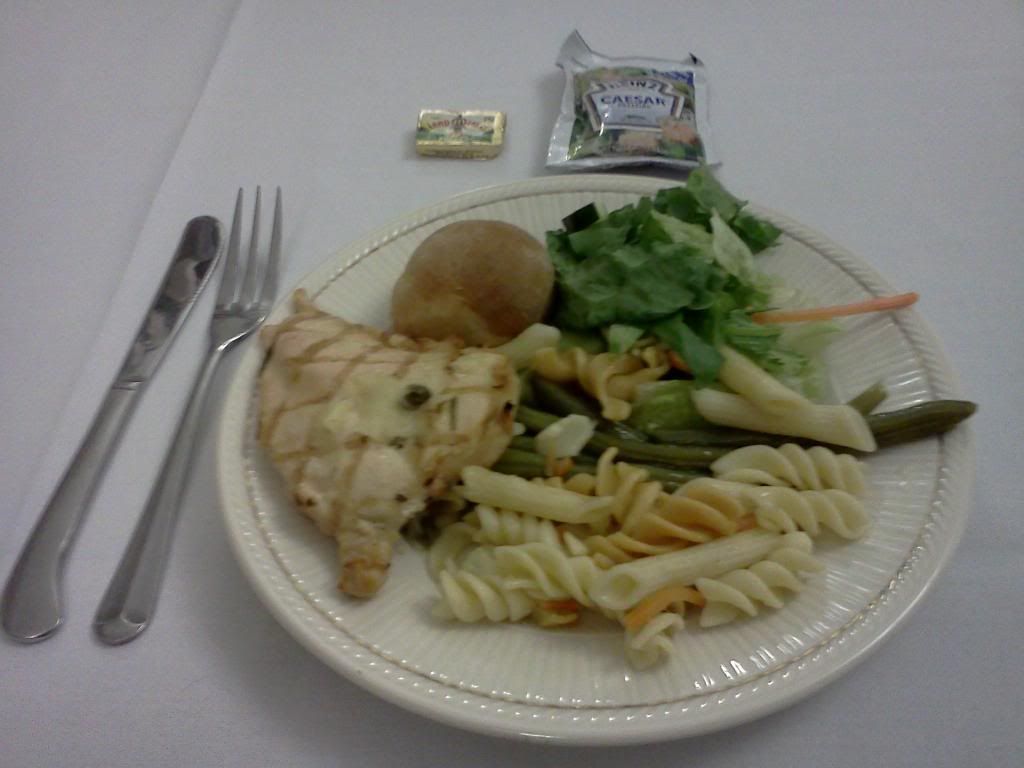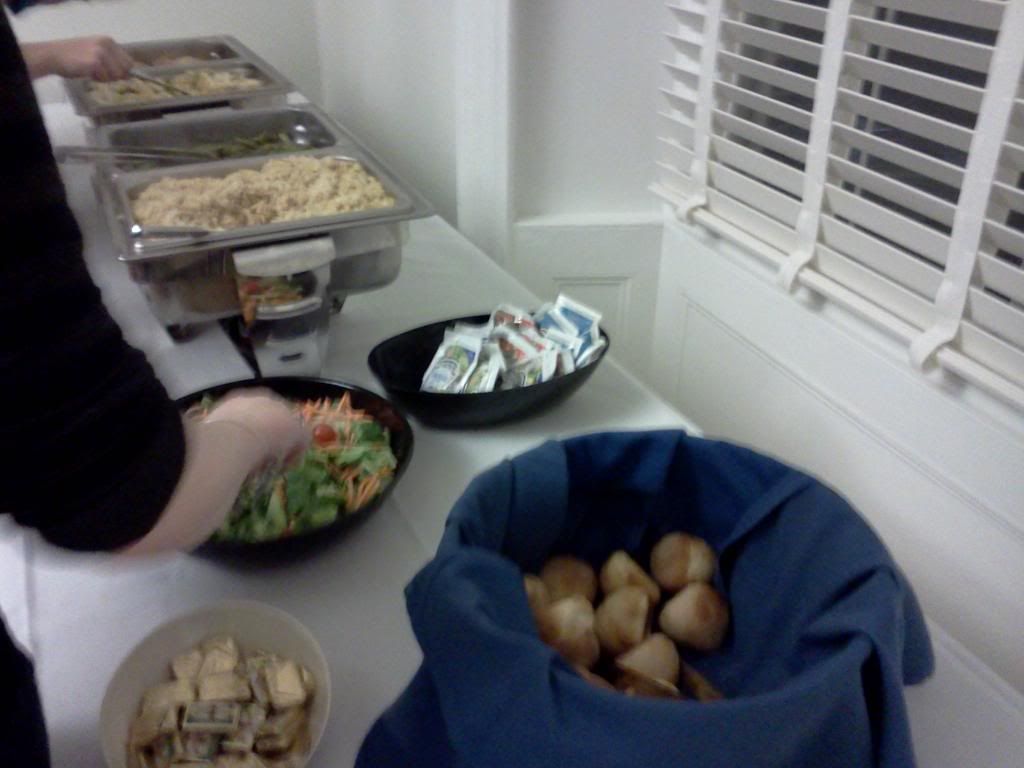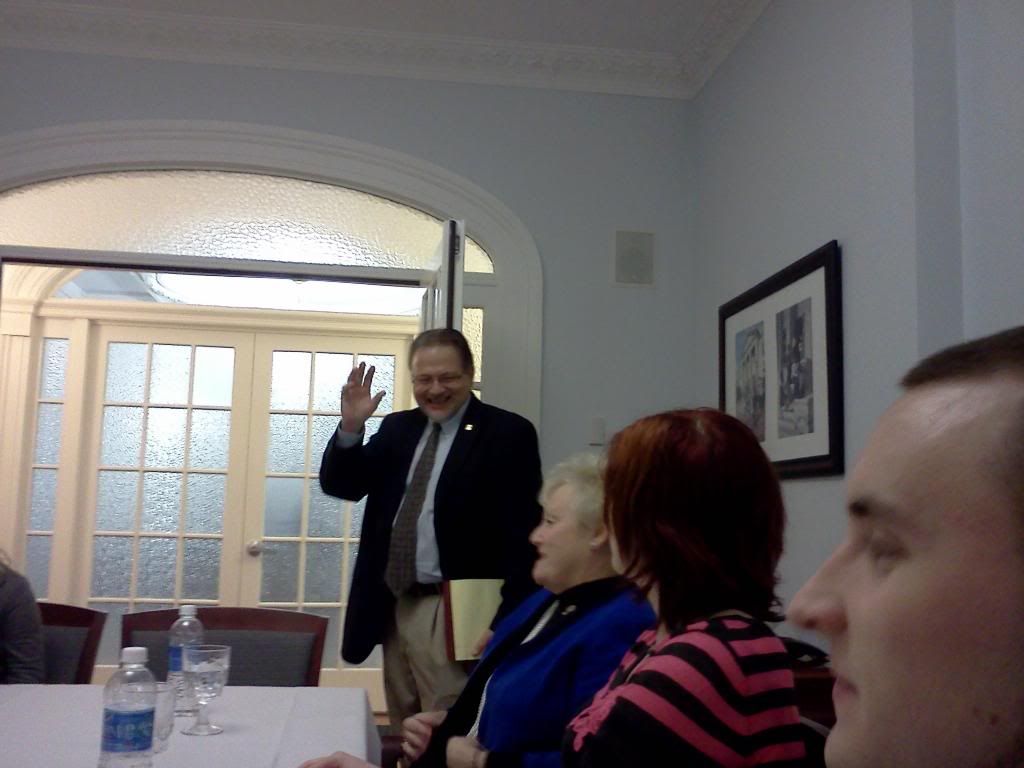On December 6th, 2012 there was a
WUML-sponsored event called "Rock For Tots". This took place in
Cumnock Hall on UMass Lowell's North Campus from 8:00 pm to 11:30 pm. The bands
that played were Raindance, Choke Up, Oh the Humanity!, Old Grey, and A Wilhelm
Scream. Before Rock For Tots, Smith Radio (WUML radio show from 4-6 pm on
Fridays) always started with a song from A Wilhelm Scream. According to WUML
Promotions Director Justin Cole, the event raised around $900 for charity.
Before I go into the event, I'd like to give some background information on WUML. WUML is UMass Lowell's radio station, FM band 91.5 and completely student-run. They have certain shows scheduled throughout semesters, and Rock For Tots was the last one for Fall 2012's semester. The director's meetings are at 6:00 pm every Wednesday, and I went to one of these -- in this meeting, Justin Cole and other WUML personnel discussed the upcoming Rock For Tots event, and came up with the price of $10 for each ticket to attract people to Rock For Tots. There were many details surrounding why this event was important that I don't want to get into here, but this is the background for WUML and the Rock For Tots event.
Before I go into the event, I'd like to give some background information on WUML. WUML is UMass Lowell's radio station, FM band 91.5 and completely student-run. They have certain shows scheduled throughout semesters, and Rock For Tots was the last one for Fall 2012's semester. The director's meetings are at 6:00 pm every Wednesday, and I went to one of these -- in this meeting, Justin Cole and other WUML personnel discussed the upcoming Rock For Tots event, and came up with the price of $10 for each ticket to attract people to Rock For Tots. There were many details surrounding why this event was important that I don't want to get into here, but this is the background for WUML and the Rock For Tots event.
The day before this event I passed
the intern test needed to become a WUML DJ for my own radio show. Since I'm a
part of WUML, I went earlier to this event. I originally went at around 5:00 pm
but the WUML staff looked like they were fine with the people they already had;
I just had to bring in a few groceries for the bands that were coming that
night and put those groceries in a nice meeting room where they'd all chill and
meet together. Later at around 7:15 pm I came back to Cumnock Hall for my
position as the person who would check bags and do pat-downs when necessary.
I didn't need to do my position for
bags and pat-downs at the Cumnock Hall entrance for the first half of the show
since there were already other WUML interns who were doing it. During this
time, I watched the rock bands play. All of them had amazing drummers. The
guitar players would walk around the stage, headbanging, and sometimes even
jumping. The singers walked around like the guitar players and did some dance
moves. These guys were quite enthusiastic. For a while I was watching the
guitar players and singer exclusively, but then I went to focusing on the
drummers.
Seeing how the drummers transition
to the cymbals after doing incredibly fast bursts of drum rolls is just
stunning. The audience was also headbanging and a cheering the bands on. One
man next to me was actually trying to "play the drums" by doing
certain movements with his arms. The drummer also stood out more because the
drums were much louder than the guitars and vocalist. The drummers all looked
very composed and calm despite how intense the songs were.
I don't remember the last time I
ever was at a live rock show. This surely felt like the first time I've been to
one. The music was loud, and it's a much different experience than when you
listen to the studio versions of the songs. I always wondered to myself:
"why go to a live performance when you can just listen to the album
versions?". Of course showing up to live concerts helps out the bands, but
I never knew how powerful the vibrations were in these live performances. I
felt myself going along with the music because of how many vibrations I felt.
It surely is a way to get yourself pumped up.
To wrap it up, I was able to meet
many WUML directors in this Rock For Tots event, get the powerful experience of
a live rock performance, and also chat with some friends I've made at WUML.
Many WUML interns were there, some holding certain positions; in my case, I
didn't do the bag checks/pat-downs position until the second half of the show.
However it wasn't really necessary since from my judgment nobody was bringing
anything questionable (booze, alcohol, marijuana, etc.). I also got to see A
Wilhelm Scream play live. They were the last band to play, and I always heard
songs from them on Smith Radio -- Smith Radio was the radio show I went to as a
WUML intern.













